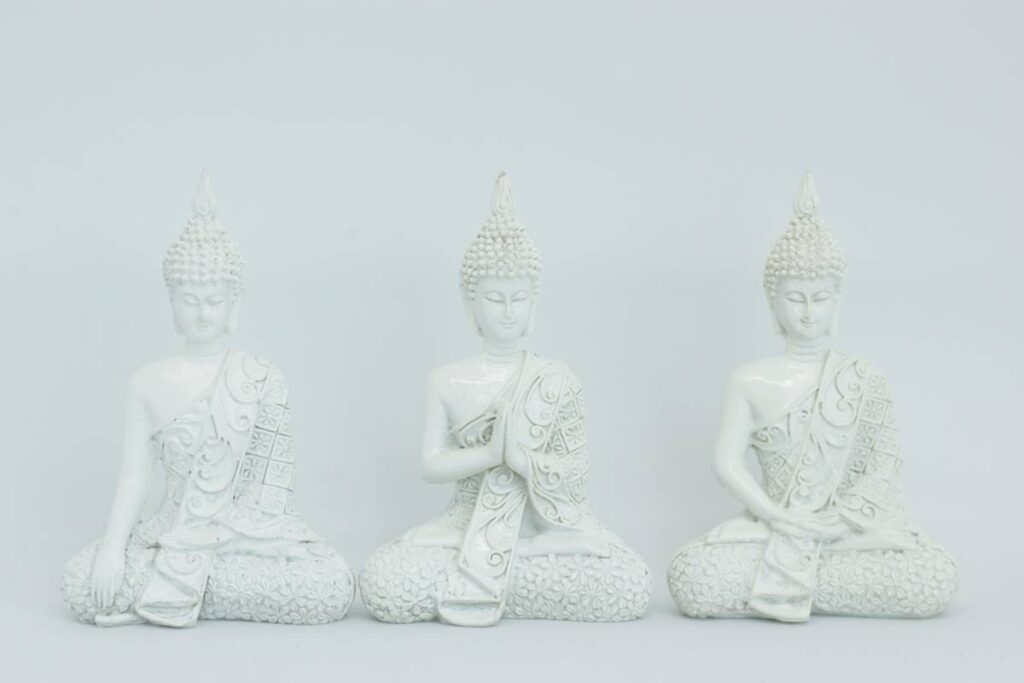Ever felt like your emotions are running on a hamster wheel, spinning faster than you can keep up? You’re not alone. In fact, 77% of people experience physical symptoms caused by stress—hello, sleepless nights and clenched jaws! But here’s the good news: achieving daily emotional balance doesn’t have to feel impossible. Enter stress management apps, your new pocket-sized therapists designed to help you find calm in chaos. Today, we’ll explore how these tools work, why they matter, and which ones will actually make your life easier (and saner). Ready? Let’s dive in!
Table of Contents
- Key Takeaways
- The Problem: Why Stress Management Feels So Hard
- Step-by-Step Guide to Using Stress Management Apps for Daily Emotional Balance
- Pro Tips & Best Practices
- Real-Life Success Stories
- Frequently Asked Questions
Key Takeaways
- Stress impacts both mental and physical health, making daily emotional balance crucial.
- Stress management apps provide accessible tools for mindfulness, meditation, breathing exercises, and journaling.
- Consistency is key; use apps regularly to build resilience against stress triggers.
- Top-rated apps include Calm, Headspace, and Moodpath, each offering unique features tailored to different needs.
The Problem: Why Stress Management Feels So Hard
“Just breathe,” someone once told me during a panic attack. That advice was about as helpful as trying to solve world hunger with a single granola bar. Here’s the thing: managing stress isn’t easy when life throws curveballs left and right. Work deadlines. Family drama. Even that one friend who ghosted you after promising to “catch up soon.” It all piles up, leaving us scrambling to cope.
Here’s where I made my biggest mistake—I used to think suppressing emotions would fix everything (spoiler alert: it didn’t). Ignoring feelings only amplified them later, often at inconvenient times, like crying over spilled milk while grocery shopping. Brutal honesty moment? If you’re nodding along, it’s time to embrace better coping strategies—and stress management apps are a game-changer.

Let’s be real: our brains sometimes sound like a dial-up modem struggling to connect. Good news? These apps act like tech support, helping reroute those overwhelmed signals into something more manageable. Sounds like magic? Keep reading—it practically is.
Step-by-Step Guide to Using Stress Management Apps for Daily Emotional Balance
Optimist You: “I’m ready to try this!” Grumpy You: “Ugh, fine—but only if it’s quick.”
Fair enough. Here’s how to harness stress management apps without wasting hours:
Step 1: Assess Your Needs
Ask yourself: What’s stressing me out most? Is it work pressure, relationship issues, or just general burnout? Different apps specialize in various areas, so knowing your pain points helps narrow down options.
Step 2: Choose an App
Popular choices include:
- Calm: Perfect for guided meditations and sleep stories.
- Headspace: Ideal for beginners looking to learn mindfulness basics.
- Moodpath: A mood tracker that doubles as a virtual therapist.
Pick based on what aligns with your lifestyle.
Step 3: Set Aside Time
Commit 5–10 minutes daily to using the app. Treat it like brushing your teeth—a non-negotiable habit for maintaining emotional hygiene.
Step 4: Track Progress
Many apps offer insights into your progress over time. Use this data to celebrate small wins and adjust routines as needed.
Pro Tips & Best Practices
Good Tip:
Pair app usage with other calming rituals, like drinking tea or writing in a gratitude journal. Combine and conquer.
Terrible Tip DISCLAIMER:
Assuming any app will magically erase stress overnight. Spoiler: They won’t. Consistency matters.
Brutal Honesty Rant:
I swear, nothing drives me crazier than companies marketing apps as miracle cures without addressing deeper systemic issues. Yes, tools are great—but let’s not forget therapy and community support also play vital roles.
Real-Life Success Stories
Meet Sarah, a busy mom juggling work-from-home life with two kids under five. She started using Calm for its bedtime stories feature—not just for her kids but herself too. Within weeks, she noticed fewer meltdowns and improved patience. Another win goes to Jake, a college student battling anxiety attacks. He downloaded Moodpath and finally understood his triggers through consistent tracking.
Frequently Asked Questions
Q: Do stress management apps really work?
Absolutely—if you commit to using them consistently. They’re tools, not magic wands.
Q: Are free versions sufficient?
They offer decent features, but premium plans unlock more personalized content. Think of it like upgrading from economy to business class.
Q: Can I rely solely on apps for emotional balance?
Nope. Pair them with self-care practices, therapy if necessary, and healthy boundaries in relationships.
Conclusion
Finding daily emotional balance might seem daunting, but stress management apps can guide you toward calmer waters. Remember: consistency beats perfection every day of the week. So download, experiment, and give yourself grace along the way.
And hey, speaking of consistency… Like feeding a Tamagotchi, your mental health deserves daily care. Don’t let emotional chaos rule your life. Try an app today—you’ve got nothing to lose except maybe some of that pent-up stress.
Haiku Time:
Emotions run wild,
Apps bring calm to the storm.
Breathe. Start again.


